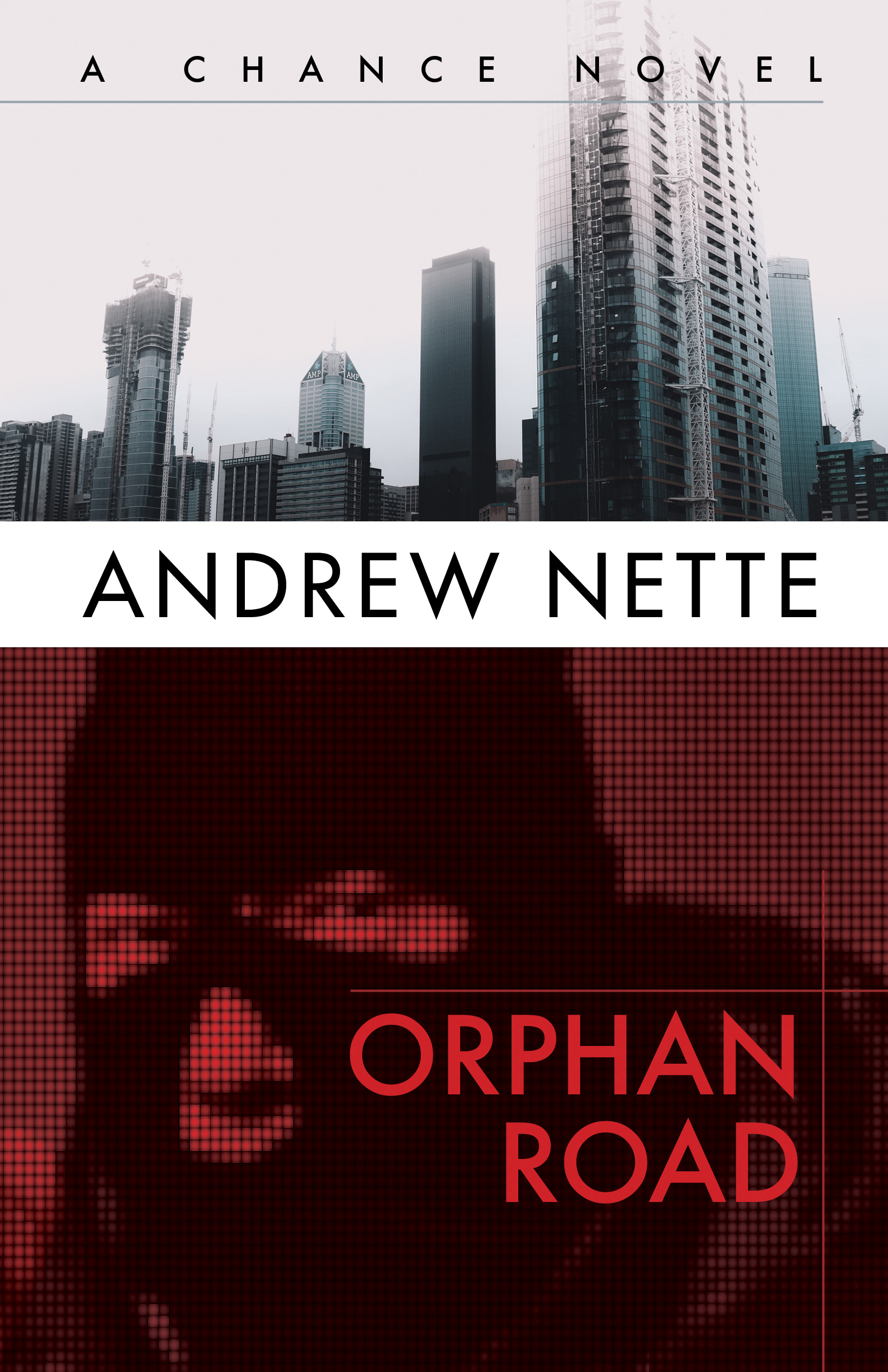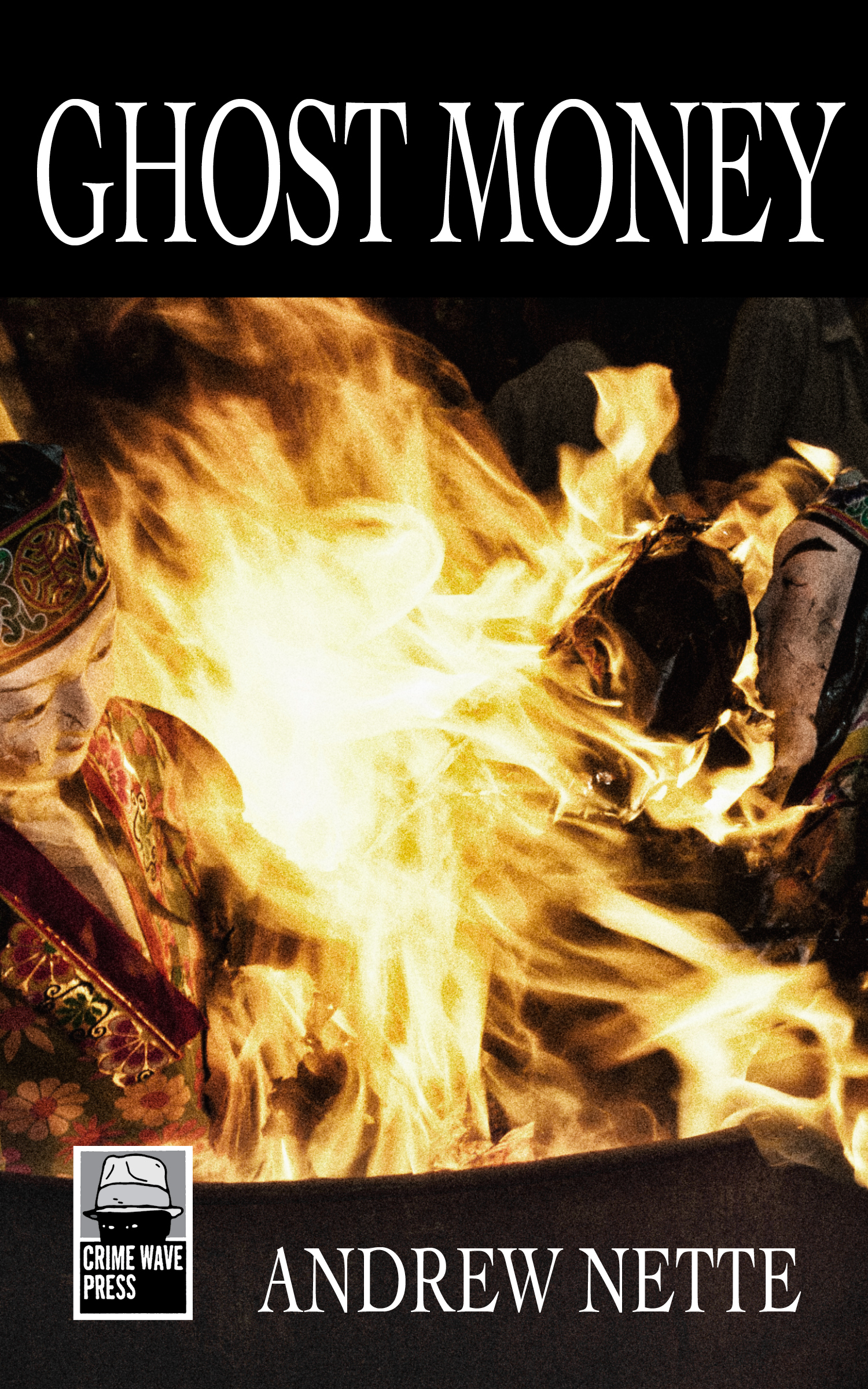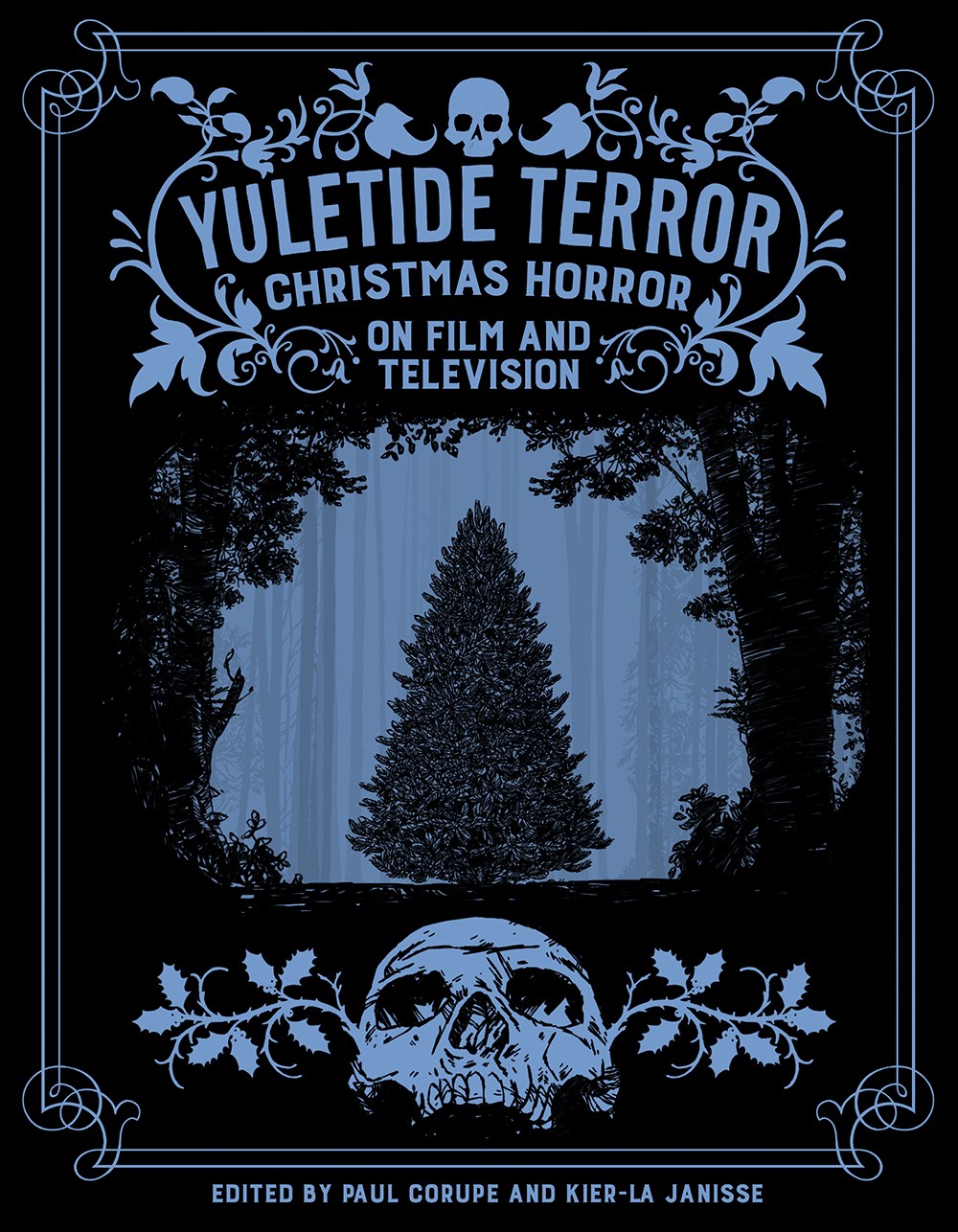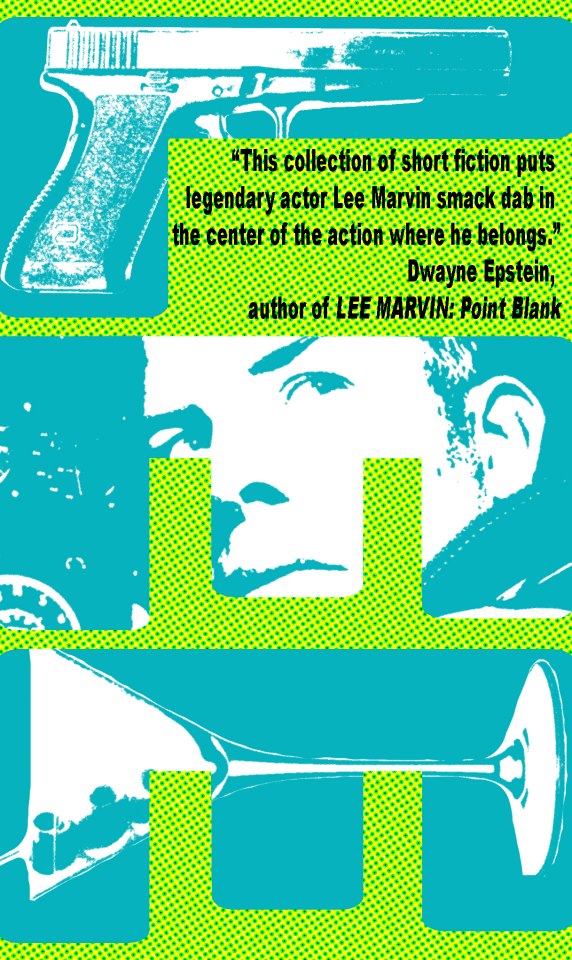For my last ‘Noir Con or bust’ guest post, please welcome Sandra Seamans. As I’ve mentioned many times on this blog, one of the things about the crime fiction scene in the US I’m most envious of, is the incredibly vibrant network on on-line websites and print magazines that specialise in short crime fiction.
Not only do they produce some top notch crime fiction, they’re a great place for new and emerging crime writers to start cutting their teeth on their craft. This short fiction is also read by other authors, agents, and publishers. A number of crime writers have gone from submitting to these sites to getting their first publishing deal.
Sandra has been published on a number of these sites. A collection of her stories, Cold Rifts, is published by Snubnose Press. Her blog, My Little Corner, is a great source of information about the US crime fiction scene, particular the short fiction scene. Read her post then check it out. You’ll see what I mean.
 You’ve taken classes, got a handle on putting words together and you’ve written the most brilliant story in the world. Yeah. We’ve all felt that way about our first story and that’s what makes us fear the next step in the process. Getting published. Because everyone knows that sending your work out into the world might bring a rejection letter slithering into your inbox. Getting published can be a heartbreaking process and yet every writer who’s ever been published has gone through it. So where do you start?
You’ve taken classes, got a handle on putting words together and you’ve written the most brilliant story in the world. Yeah. We’ve all felt that way about our first story and that’s what makes us fear the next step in the process. Getting published. Because everyone knows that sending your work out into the world might bring a rejection letter slithering into your inbox. Getting published can be a heartbreaking process and yet every writer who’s ever been published has gone through it. So where do you start?
Now there’s a lot of professional writers out there who will tell you that when you submit you should start with the highest paying markets and work your way down to the lowest paying. For a professional writer this makes sense, but not for a newbie. Unless you’re the second coming of Stephen King, you’re probably going to wind up at the bottom of the ladder with a fistful of rejection slips. So why not start there and build up instead of smothering your creative self in pile of despair?
The online zines are a great first step up the ladder for newbie fiction writers. You’re not required to write a massive opus, merely a story of five hundred to two thousand words. Something manageable for a beginner. Now, I know that many writers, especially those who make their living from writing, have long disapproved of the zine market. They feel the quality isn’t there, there’s little or no pay, and the readership is small. Truthfully, some of that is true. But no one is born an experienced writer, experience comes with years of learning the craft by plunking your bottom in a chair and actually writing.
It’s my belief that fiction writers, or any writer for that matter, should serve some sort of apprenticeship. They need a place to learn how to format their submissions, how to follow guidelines, how to match their stories to a market, and most especially, how to work with editors. These aren’t skills they can teach you in school, you only gain them by writing and submitting. And the zines are the perfect place to learn.
Like the early pulp magazines, zines are a great tool for writers. They’re a place where writers can find their voice, or discover new characters. A short story writer building their career in the zine world isn’t limited by genre. They can explore a variety of genres until they find their comfort zone. The place where they most enjoy writing. With the zines, writers not only earn their writing chops but many of them build a fan base that will follow them anywhere their growing writing skills might take them.
When I first started submitting my work online over a decade ago most zines weren’t considered a viable market. If you said you were published in an online zine the response was less than enthusiastic but with the new frontier of e-publishing busting wide open, zines are fast becoming a force in the short fiction world. And not only zines. E-publishing has opened the door for anthologies, collections, and even single shorts to find new readers. Being able to make a zine or anthology available for Kindle provides publishers with income to pay writers. The Kickstarter program is another way that publishers are financing new zines and anthologies and paying writers pro rates for their stories. Being published online is finally gaining the respect it deserves, for both the work and the writers.
It’s a whole new world out there for beginning writers. The doors are open, offering newcomers the opportunity to explore the boundaries of their chosen genres, to take chances by writing that new story into places they never imagined a story could go. It’s a great time to be a short story writer.
So choke back that fear and send your story out into the world. The worst that can happen is an editor will say no and you’ll discover that it didn’t kill you or your work.
Cold Rifts: Stories by Sandra Seamans is available for your Kindle here.




















I like your point about Newbies not starting out at the top. I’ve been telling folks that at cons for years. Sometimes they listen.
I totally agree. I’ve certainly found doing short stories a great way of building my confidence and writing skills.
Andrew
I collected dozens of rejections from EQ and AHMM when I was starting out, Charles, that I nearly gave up. With the zines it’s much easier to break into the game. And if you’re a smart writer you’ll keep learning and growing which helps push you up to the better markets.
Short stories are a great form for new writers, Andrew. They don’t take the extensive plotting and character building that a novel requires. The more of short stories you write the better your skills become, but you also learn to see where you can take a story and push it into the longer form of a novella or build it into a novel. If you can’t tell, I just love short stories. 🙂